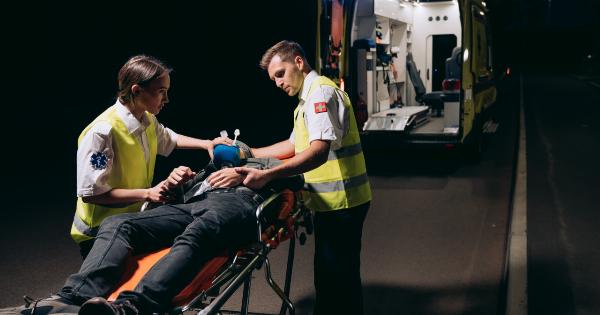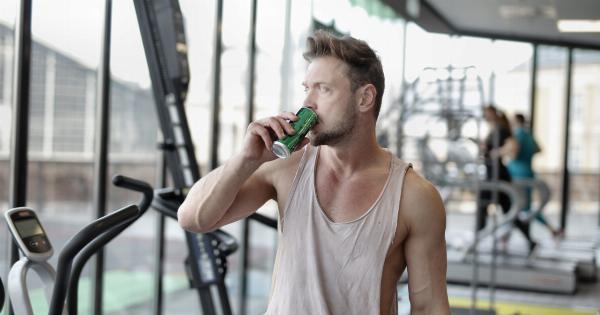Cramps, are an involuntary muscle contraction that can occur in any part of the body. They are often caused by muscle fatigue, dehydration, or electrolyte imbalances.
While cramps can be uncomfortable and painful, there are several remedies available to help alleviate the symptoms.
1. Stay Hydrated
One of the easiest and most effective ways to prevent and treat cramps is to stay hydrated. Dehydration can lead to muscle fatigue and imbalances in electrolyte levels, which can trigger cramps.
Drink plenty of water and electrolyte-rich fluids, especially during strenuous activities.
2. Stretch and Massage
Stretching and massaging the affected muscle can help relax the muscle and relieve cramps. Gently stretching the muscle can help lengthen and loosen the muscle fibers, reducing the intensity of the cramp.
Massaging the area also increases blood flow to the muscle, promoting relaxation and alleviating pain.
3. Apply Heat
Applying heat to the cramping muscle can help relax it and provide relief. Use a heating pad or a warm towel and apply it to the affected area for 15-20 minutes.
The heat helps improve blood flow to the muscle, reducing the intensity and duration of the cramp.
4. Try Cold Therapy
While heat can be beneficial for some individuals, others find relief through cold therapy. Applying a cold compress or ice pack to the muscle can help reduce inflammation and numb the area, providing immediate relief from cramps.
Limit the application to 10-15 minutes to avoid damaging the skin.
5. Take a Warm Bath
A warm bath can help relax the muscles and ease cramps. The warm water enhances blood circulation throughout the body, relieving muscle tension and reducing cramp intensity.
Add some Epsom salts to the bathwater for added benefits, as they contain magnesium, which aids in muscle relaxation.
6. Use Over-the-Counter Pain Relievers
If home remedies are not sufficient, over-the-counter pain relievers can be used to alleviate cramp symptoms. Non-steroidal anti-inflammatory drugs (NSAIDs) such as ibuprofen can help reduce inflammation and relieve pain.
However, it’s important to consult a doctor or pharmacist before taking any medication.
7. Stay Active and Exercise Regularly
Incorporating regular exercise and physical activity into your routine can help prevent cramps and decrease their frequency. Engaging in regular exercise improves muscle strength and flexibility, reducing the likelihood of muscle fatigue and cramping.
However, be sure to warm up properly before exercising to prevent cramps and injuries.
8. Increase Your Magnesium Intake
A deficiency in magnesium can contribute to muscle cramps. Adding magnesium-rich foods to your diet or taking magnesium supplements can help alleviate cramp symptoms.
Foods such as leafy green vegetables, nuts, seeds, and whole grains are excellent sources of magnesium.
9. Stay Warm
Chilling temperatures can cause muscle contractions and cramps. Keep the affected area warm by wearing appropriate clothing and using heating pads or blankets.
Cold muscles are more prone to cramping, so it’s essential to protect yourself from extreme cold weather conditions.
10. Stay Mindful of Your Posture
Poor posture can contribute to muscle imbalances and increase the risk of cramps.
Maintaining good posture while standing, sitting, and during physical activities can help distribute the workload evenly across your muscles, reducing the likelihood of cramps. Be mindful of your posture and make necessary adjustments to prevent unnecessary strain.




























